Review: Mitsubishi XForce 1.5 GT CVT
Mitsubishi XForce 1.5 GT CVT The 'force' is stronger in the GT
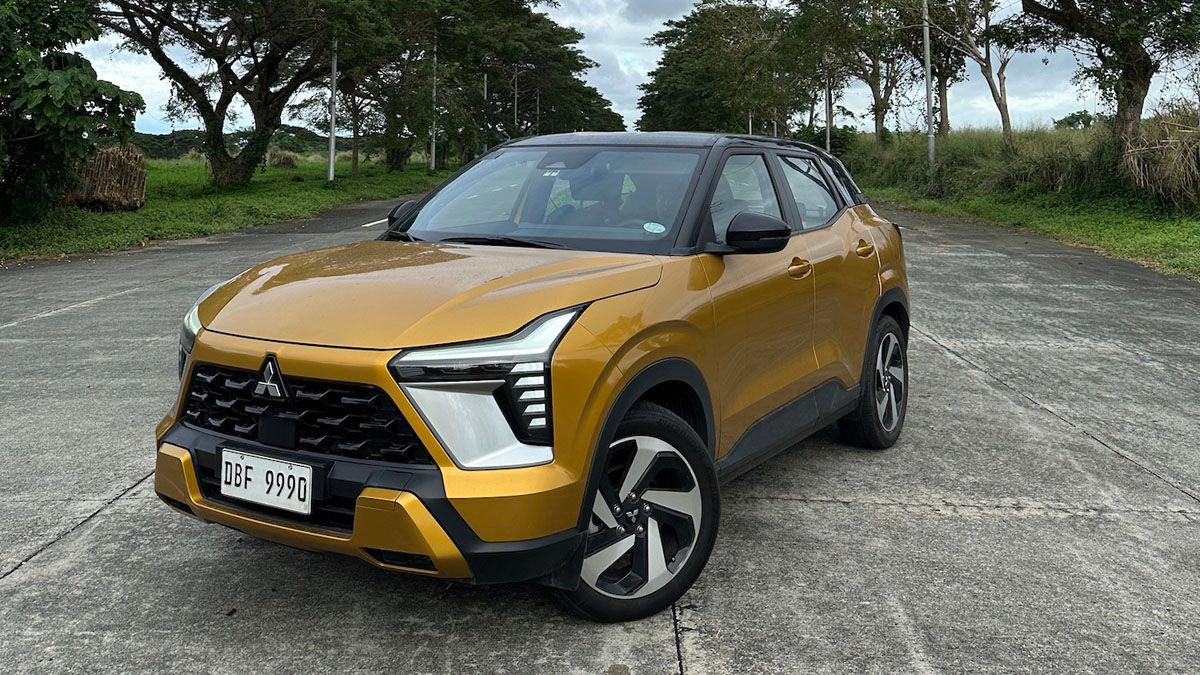
The name XForce sounds like an 80s Japanese live-action superhero TV series, but it helps Mitsubishi’s newest model get a name recall in an overcrowded compact crossover segment. Sometimes, that’s all it takes — get noticed for the opportunity to flaunt your good qualities, and guess what? The XForce GT has a lot.
Aside from its name, the XForce possesses an attention-grabbing shape with smooth lines highlighting its gorgeous curves and vibrant two-tone color. It sports a newer version of the Dynamic Shield but continues to have the signature T-shaped LED headlamps. The rugged bumper is angular, giving its nose more heft, and has lower air intakes for better engine cooling. It has LED fog lamps at the bottom.
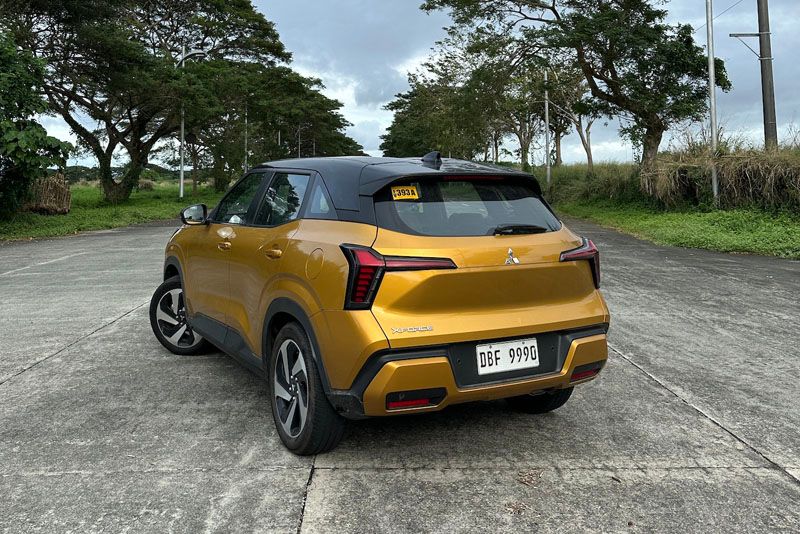
If this two-tone color appeals to you, it’s called Energetic Yellow Metallic with a black roof, a rear spoiler, and a fin antenna. A power tailgate (with memory function) and a shapely bumper with a proper license plate holder are at the back. The body sits on 18-inch alloy wheels.
What’s not to like with the XForce’s body? It has arguably one of the most futuristic front fascias in the segment, is properly equipped, and is hefty enough to not be a pushover on the road. I’d give it a 10/10.
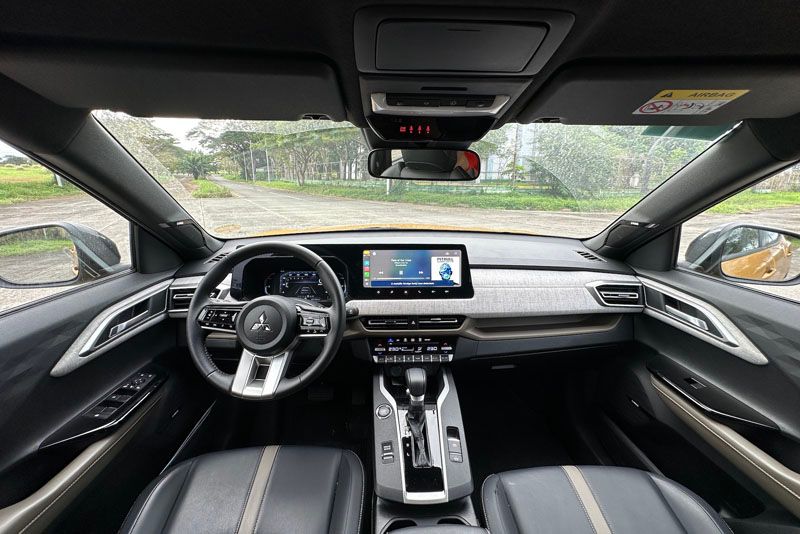
The lock/unlock button on the door handle works with its smart key, opening up to a spacious cabin that offers different tactile sensations. The seats have synthetic leather upholstery (with a Heat Guard feature), but the cockpit has white Mélange fabric with soft padding, and the plastics over the dashboard and the door panels don’t feel cheap.
In front of the driver is an eight-inch color LCD instrument display, and beside it is a 12.3-inch color touchscreen with wireless Apple CarPlay and Android Auto. A wireless charging pad is at the bottom of the center stack, and USB ports are in front and in the second row.
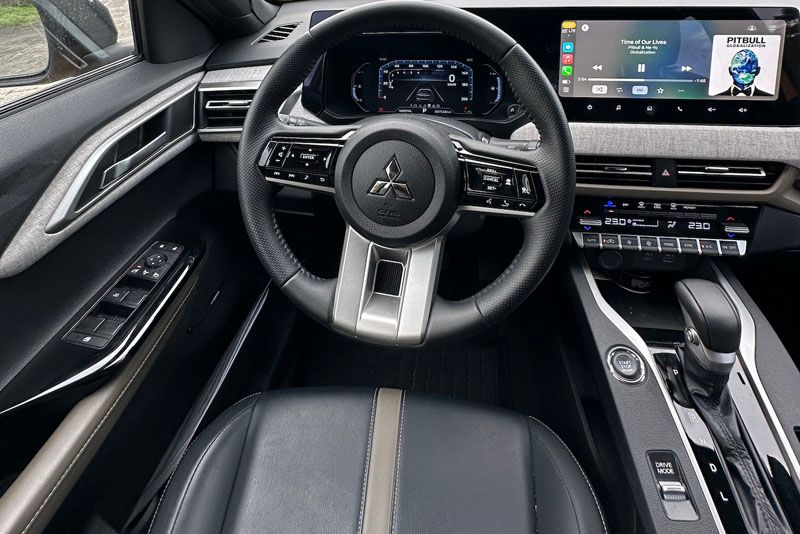
Its speedometer and tachometer have a new layout that takes some getting used to, but it is a refreshing change from the norm. The infotainment system was intuitive and easily paired to my device. I like its customizable Vehicle Information Display, but it feels like info overload. Drivers can choose between Responsive, Avionics, Reliable, and Adventurous. These show data on torque, ambient temperature, traction control, and tilt angle, among others. I just stuck with CarPlay. Most would like the Driving Score features that take note of acceleration, steering, and braking to make anyone behind the wheel a better driver.
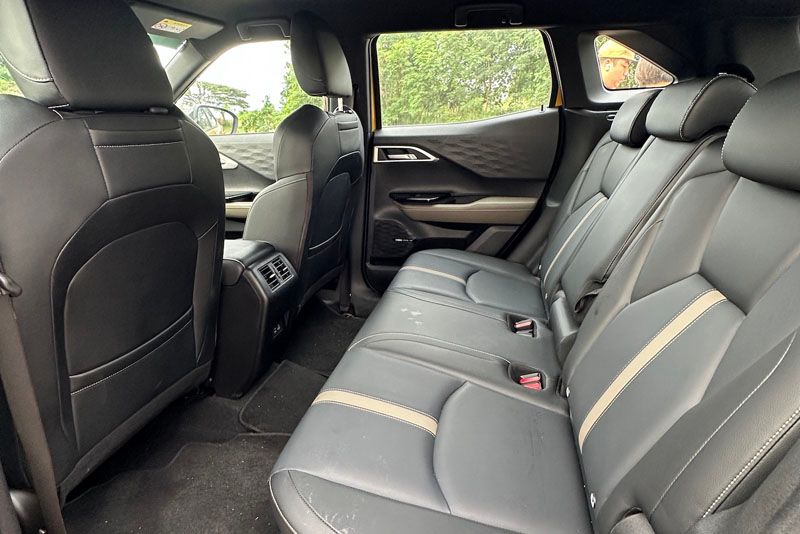
But for a former radio guy like me, the best feature of the XForce is its Dynamic Sound Yamaha Premium eight-speaker system. It isn’t as good as a Bose system, but it’s as close as you can get without spending a fortune on your sound system.
If you’re a bit of a germophobe, you’ll like the climate control system’s nanoeTM X technology that purifies and deodorizes the air in the cabin.
I just wish the driver’s seats had an adjustment level instead of a wheel, which felt harder to use. Also, some cabin fittings felt a bit loose and even squeaked on certain occasions.
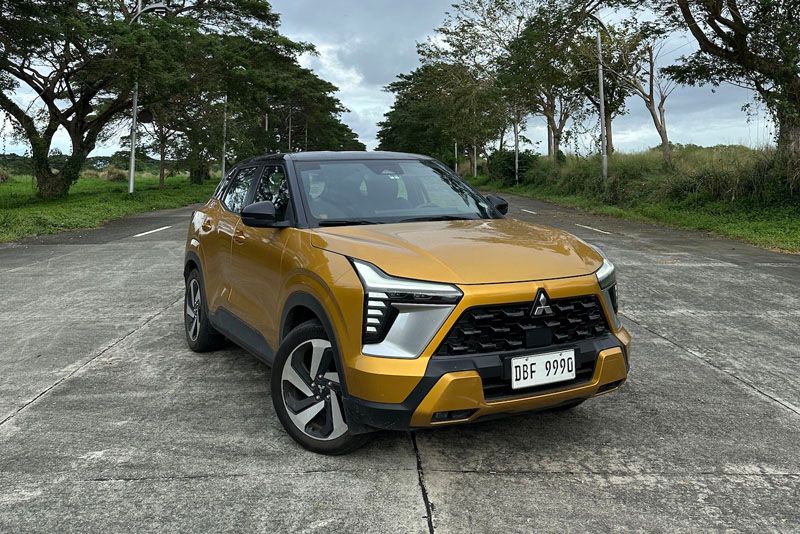
Like most vehicles in this segment, the XForce GT CVT has a 1.5-liter MIVEC (Mitsubishi Innovative Valve Timing Electronic Control System). It sends 105-PS and 141-Nm of torque to the front wheels via a Continuously Variable Transmission.
Even without turbocharging, acceleration is excellent. For example, it easily got ahead of traffic from a stop with normal pressure on the throttle. It even has the pull to overtake on the highway and coast comfortably to 100 km/h. It is very responsive, which makes it fun to drive. After seven days, it returned 15.3-km/l in mixed driving conditions.
Handling is light and maneuverable enough to make a complete U-turn on a four-lane road in one move. You’ll be surprised that some competitors in the same segment can’t. Of its four driving modes — Normal, Gravel, Mud, and Wet — the latter is a unique-in-its-class feature specifically developed for ASEAN roads and weather.
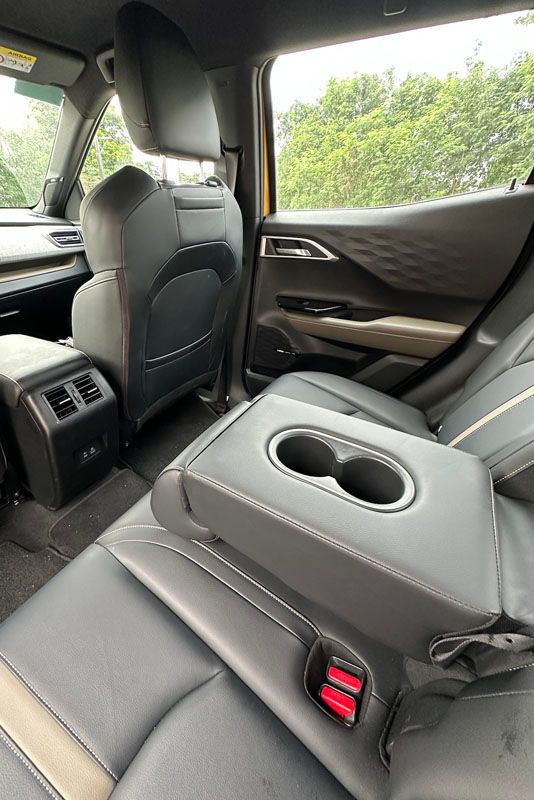
Cabin comfort is good, but can be better. Noise, vibration, and harshness levels are higher than expected, and the suspension could be dialed down to reduce stiffness.
The top-of-the-line GT has advanced safety features such as Auto Lighting Control, Tire Pressure Monitor System (TPMS) and Advanced Driver Assistance Systems such as Adaptive Cruise Control (ACC), Forward Collision Mitigation System (FCM), Blind Spot Warning System (BSW), Leading Car Departure Notification (LCDN), Automatic High Beam (AHB), and Rear Cross Traffic Alert (RCTA). These are on top of standard stuff like six airbags, side curtain airbags are available in the GT variant only, Active Yaw Control, Active Stability and Traction Control, Hill Start Assist, SRS Airbags, and Reverse Camera.
It is not electrified, a bit pricey, and may have arrived a little late to the compact crossover party, but the GT’s cutting-edge design, ultra-modern cabin, and sophisticated safety system make the XForce stronger in this Mitsubishi.